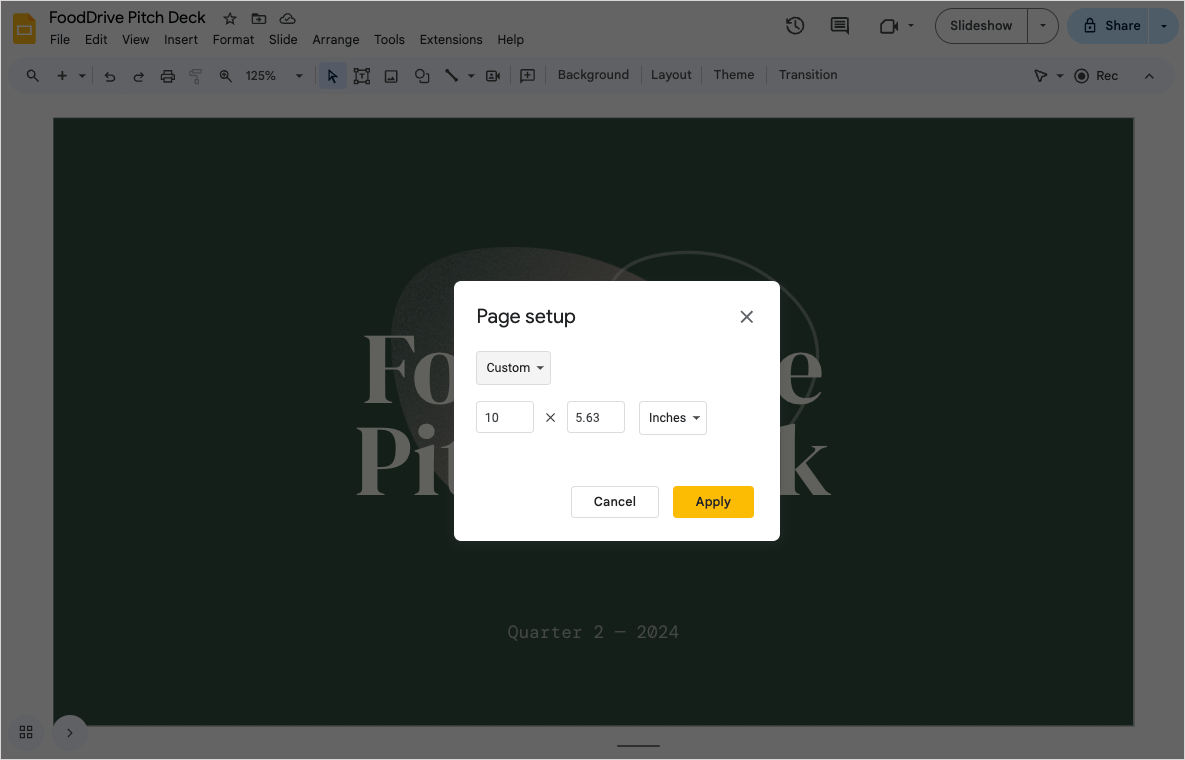Anyone who has built or run a business in today’s data-driven world is familiar with the ever-expanding universe of information sources needed to understand what's going on and make decisions (that’s why we started Plus, by the way). Every day you might…
- Check Google Analytics to see how your paid search efforts are performing, Meta Ads Manager for insights into your social marketing campaign, and Salesforce to see how your team’s biggest prospects are progressing through the sales funnel;
- Login to Mixpanel to get a sense for how users are adopting your latest product feature, and to Jira to see the latest estimates for when the next big feature will ship; and
- Open a LinkedIn tab to see how many candidates have viewed your latest job posting, and follow that up with a visit to Greenhouse to check on the health of your recruiting funnel
… all before you’ve finished your morning coffee!
With all that information available, it can be easy to lose sight of the big picture, slowing down your decision-making (at best) or sending you into a tailspin of analysis-paralysis (at worst). Here at Plus, there are five things we do to separate the signal from all the noise in that data, helping us stay focused and aligned on building a better business, every single day.
Pick (and stick with) your team’s “core 4”
The human brain can focus on only a few ideas at the same time, so rather than trying to observe everything that’s happening at Plus, we focus on the few things that really matter. We force ourselves to pick the 4 metrics that measure the most important outcomes we’re actively working towards — we call these our “core 4.” We try to make sure they are relevant (i.e., tied to our monthly/quarterly/annual goals), actionable (i.e., the work that our team is doing should move them up or down), and feasible (i.e., it’s easy to get data that we can trust). This is hard, and it can feel like we’re letting something slide by leaving it off the core 4, but ultimately, we think the focus and clarity this prioritization provides helps us move faster.
👉 🔢 At Plus, our core 4 right now are: Active customers, onboardings, product/engineering velocity, and our recruiting pipeline. We use Plus Snapshots to pull all these together from services like Metabase, Mixpanel, Hubspot, Linear, and Lever; this gives us always-updated views of what matters most to our business right now.

Put the pieces together into a narrative
Without context, data can be dangerous, leading to incorrect conclusions, bad decisions and counterproductive actions. The simple act of putting our core 4 metrics side by side can help us enrich our team’s understanding of each, enabling us to make connections, identify patterns, and draw conclusions. When we look at the combined picture, we try to go one step further to describe the story of what we’re seeing. We challenge ourselves to answer the question, “How’s it going?” simply and concisely in a few sentences, to weave together what our metrics are telling us.
Build your core 4 into your cadence
Variety may be the spice of life, but when it comes to bringing focus and alignment, we find that consistency is key. We review our core 4 as a team at least weekly (we’ll go into more detail on this in a later post). This isn’t just a passive review, either; we translate what we’re seeing in our core 4 into action, which can range from digging into a number that looks anomalous (“Is that metric right?”), following up with our customers (“Wow, that new user is adopting really quickly, let’s reach out to her to see what’s working so well!”), and adjusting our priorities in real time (“This sprint is falling behind; can we have a follow-up to discuss whether this is because of estimation or velocity?”). This regular review forces us to continuously refine the narrative that explains what we’re seeing, helps us tie our individual efforts to company outcomes, and motivates us to keep pushing towards our team’s goals.
👉 🔢 At Plus, we embed Plus Snapshots in a Notion doc to make it super easy to surface our core 4 metrics in recurring team meetings, add a simple narrative, and tag team members for follow-ups as needed. We can quickly refresh our Snapshots with one click, flip through historical data, and navigate directly to the data source to dive deeper.

Watch your metrics over time
There’s an old joke in statistics: “Q: What do you call two datapoints? A: A trend. Q: What do you call three datapoints? A: A trend with an outlier!” Watching our core 4 evolve over time fills in that trendline, helping us understand with greater certainty whether our team’s work is moving the outcomes in the right direction. Just as importantly, monitoring how quickly these metrics change can give us a sense for what we should see in the future, and make decisions now to reprioritize or accelerate/decelerate activities accordingly.
👉 🔢 At Plus, we use our timeline feature to look back at our Snapshots over time, showing us not just what our core 4 are today, but also how quickly they’re improving (or, sometimes, not!).
Revisit and revise (but not too frequently!)
As Plus grows and changes, we know we’ll need to reevaluate the list of things that matter and evolve the core 4. Right now, we review our team’s objectives and key results quarterly, which has been a natural time to also revisit our core 4. This planning rhythm works for now, but we’ll keep asking ourselves: Is one of our core 4 metrics no longer adding explanatory power to the narrative of how we’re tracking towards our goals? Are we regularly talking about metrics that aren’t captured in our core 4? These will be the signs that it’s time to reconsider which core 4 metrics should be considered part of the big picture.
***
We’ve found that focusing more on fewer metrics has helped us stay aligned and motivated as a team, and we love using Plus to seamlessly weave our core 4 metrics into our daily work!
💬 If you have a question about how we do things, or if you’re interested in sharing your approach to measuring your team’s performance, message me on LinkedIn. And if you’d like to see how Plus brings together all of your team's data where you need it, without having to worry about complicated setup or integrations, request an invite to join our private beta - we’d love to hear your feedback!
Click here for the next installment in our series on how we use Plus to build Plus!








